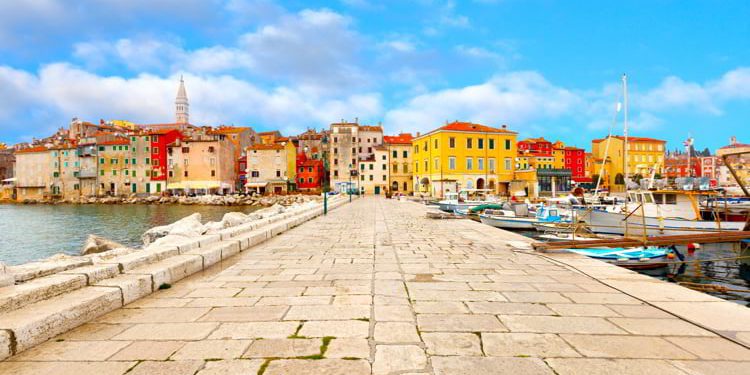Yesterday, I promised thoughts today on where Live And Invest Overseas is headed next.
All this week, as we’re celebrating our 14th anniversary, we’re reminiscing and regrouping on who we are and where we’ve come from.
Perhaps more important for you, though, dear reader, is where we’re going from here.
The world has reopened… pandemic-related restrictions are being lifted…
It’s time to get back out there scouting, exploring, and discovering.
As you begin to plan your life post-pandemic, where should you be focusing your attention?
To help you answer that question, today I’d like to share the places that are right now dead center of our radar, including…
Panama
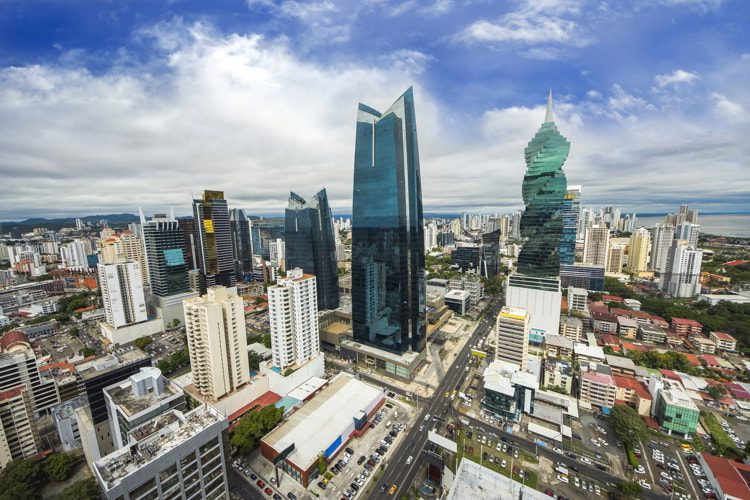
We’ve named Panama as the world’s #1 do-everything haven for more than two-and-a-half decades. This country has long been and remains today one of the best places on Earth to spend time and money as an expat, a retiree, an investor, and an entrepreneur.
Panama’s is the most proven property investment market in the world… with a track record for recovering quickly from downturns thanks to the secret weapon and massive cash cow that is the Panama Canal.
In addition, Panama remains home to some of the best options on the planet to invest for cash flow… both short- and very long-term.
In its continued and expanding efforts to welcome the world’s retirees, investors, and business folks, Panama continues to remake herself, building new roads and paving old ones… building new hospitals, more schools, additional airports and terminals… creating tax-free and investor-incentive zones… extending Panama City’s metro system… creating new parks and recreation areas…
If I hadn’t been here, on the ground, watching the infrastructure and other improvements myself day-to-day over the past decade-and-a-half, I wouldn’t believe the reports. It’s been like watching time-lapse photography.
When these Panamanians set their minds to something, they do it. A new highway? New bridge?
Other countries in this part of the world promise those things for years before following through. In Panama, you blink and the promised road is a reality… the new airport open for business.
Here in Panama today, you really can realize the retirement you’ve long dreamed of even if your retirement nest egg is smaller than you expected it to be. You really can generate the income you need to live the life you want… and keep every dollar you earn. You really can invest for both immediate cash flow and long-term upside, positioning yourself in an economy that has managed to thrive in the face of the global downturns and disasters of the past several years.
We’ve been bullish on Panama’s prospects for more than 25 years… and, this 2022, we’re doubling down. If you haven’t yet taken your position in this country, I can’t imagine what you’re waiting for.
Northern Cyprus
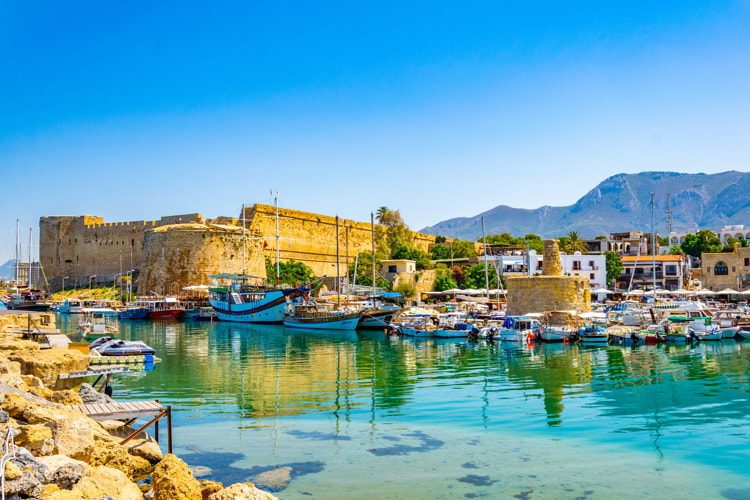
Northern Cyprus, on the other hand, located in the Mediterranean Sea between Europe and Turkey, is not at the top of most would-be retiree’s or investor’s list, but this former British colony has a lot to offer.
This is the best of the Mediterranean at a fraction the cost of living the Med life elsewhere.
Northern Cyprus is also a safe, welcoming destination with developed tourism infrastructure, including clubs, casinos, and luxury hotels, all more affordable than their counterparts in France or Italy.
Northern Cyprus also has the advantage of holding most of the island’s coastline. As well as attracting sun worshippers, it has a strong casino industry (hence its reputation as the “Las Vegas of the Mediterranean”) and a burgeoning medical tourism sector. All of this means an increase in demand for tourist accommodation.
In addition to the low cost of everything, the main attractions are the sand and the sea. It’s possible to own an ocean-view condo with direct beach access for as little as US$75,000 at current exchange rates (real estate in Northern Cyprus trades in British pounds). It’s also possible to buy with developer financing, meaning low capital requirements up-front.
Look specifically along Iskele (pronounced ee-skeh-leh), on the eastern coast. This region is known for the nicest and longest stretch of beach on the island, as well as its seafood specialties.
Retirement in Northern Cyprus would mean a life outside the more familiar comfort zones of Europe and the Americas. If you’re up for an adventure at this stage of your life while stretching your retirement budget to buy you a bona fide luxury standard of living on one of the world’s most beautiful stretches of coastline, Northern Cyprus should be at the top of your list.
Portugal
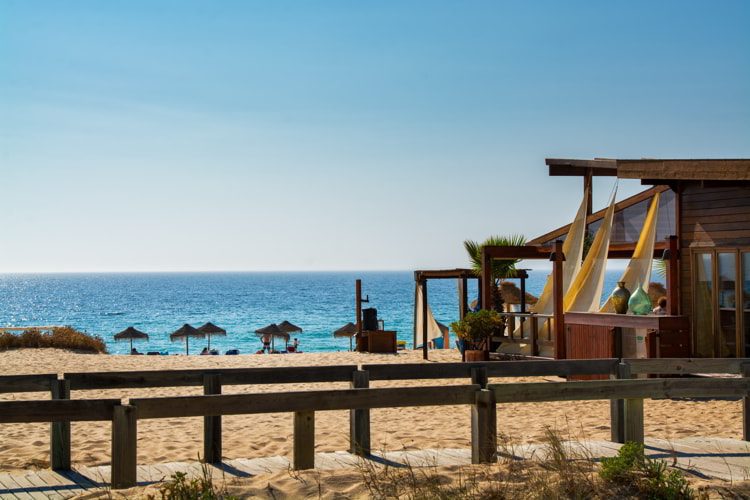
Our 2022 Retire Overseas Index names Comporta, Portugal, as the single best place in the world to launch a new life overseas.
Indeed, Portugal has come out on top in our annual survey for the past nine years.
This year, we took a closer look… and identified a corner of this country that remains off the world’s radar. In today’s world, we value sweet, simple, and private above most other things… and Comporta delivers in style.
We’ve been reporting extensively on life in Portugal recently. If you’ve missed our recent coverage, you can catch up here.
Croatia
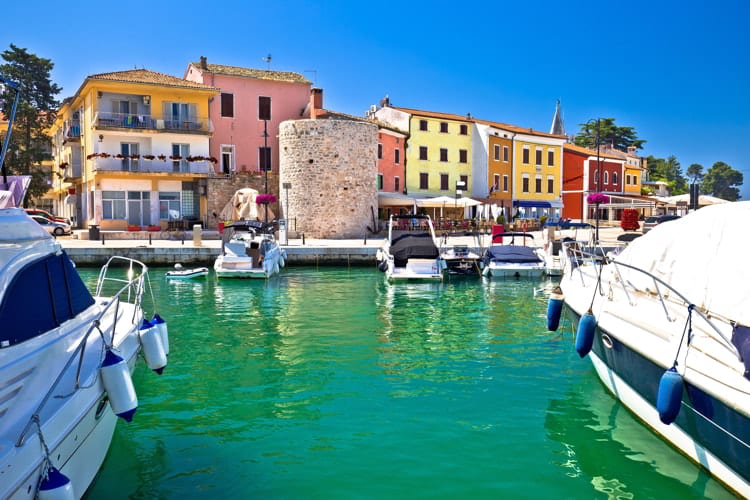
Neckties and wine.
Croatia may be better known for its long coast along the sparkling green Adriatic and its tumultuous, 1,000-year-long history, but, when I think of Croatia, I think of neckties and wine.
This gorgeous, complicated country is the birthplace of both the necktie and the Zinfandel grape, and these two facts reveal a lot about Croatia. First, it has great weather. The Zinfandel grape requires a climate not too hot and not too cold. Croatia’s mild winters and sunny summers make for perfect Zinfandel grape-growing.
Second, Croats are the trendsetters credited with introducing today’s tie to the fashion world. The Croat contingency of the French service wore their traditional knotted handkerchiefs during the Thirty Years War (1618 to 1648). The Parisians took a fancy to them and called them “cravat”—a cross between the Croatian and French words for Croat (Hrvati and Croates). So began a cravat fashion frenzy. In the 17th century, these kerchiefs became so intricate that they were tied in place by strings and arranged in a bow that took forever to arrange.
Croatia is tucked into southeastern Europe, bordering the Adriatic Sea, between Bosnia, Herzegovina, and Slovenia. It’s near the coast, Vienna, Venice, Budapest, skiing in Austria, and golf in Slovenia. It’s been 30 years since the Socialist Federal Republic of Yugoslavia was dissolved. Its six republics—Croatia, Bosnia and Herzegovina, Macedonia, Montenegro, Serbia, and Slovenia—are all very much their own countries today.
Croatia is wearing its new skin comfortably, as it should. The Kingdom of Croatia was, in fact, its own entity starting in 925 AD. It joined Hungary in 1102 but maintained a Croat culture with hopes for independence. Although it was titled a free royal town in 1242, it took about 800 years before Croatia was independent again, this time from Austria-Hungary in 1918. That freedom, too, was short-lived, however. Croatia became a member of Yugoslavia after World War II and didn’t stand on its own again until 1992.
A Croatian friend told me a story about his family once. “My father lived to be more than 100 years old,” Lovorko explained. “He lived his whole life in Croatia, here in Istria. Not only in the same town where he’d been born but in the same house. And, in his lifetime, he lived in nine different countries.”
You have two strong lifestyle options in Croatia, the coast and the Istrian peninsula. The Adriatic waters offshore from Croatia are a sailor’s paradise. Inland, in Istria, is a wonderland of another kind, with vineyards and olive groves. If you’ve any romance in your soul, I defy you not to fall in love with this country. The ancient Romans called it Terra Magica, the Magic Land.
Retiring to Croatia, you’d be in good company. Diocletian, the only Roman emperor to abdicate his position (that is, to retire) was also the first person to retire overseas. Diocletian built a palace on the Dalmatian coast (his birthplace was Dalmatia), the location of current-day Split, and it is here, with the glorious Adriatic Sea spread out before him, that he chose to live out his days.
It’s easier than it’s ever been to take a page from Diocletian’s book, thanks to this country’s new residency program (which our Lief Simon will cover in detail in his Simon Letter advisory service).
For all of these reasons, Lief and I have put Croatia—specifically its Istrian peninsula—dead center of our personal radar. We’re finally this year renovating the old stone farmhouse we purchased near Motovun some 16 years ago. Rental demand is spiking in this part of the world. Time finally to cash in on this long-held, ahead-of-its-time investment.
Brazil
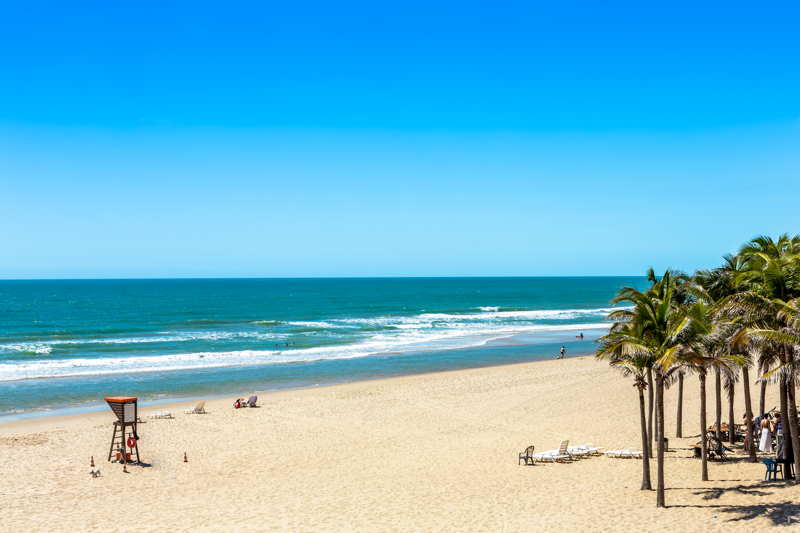
Long famous for its miles of golden-sand beaches, including such icons as Ipanema and Copacabana, it’s hard to imagine snapping up a beachfront property in Brazil for less than six figures. But in the northeastern state of Ceará, the beaches are just as stunning (without the crazy crowds of Rio)… and prices are seriously undervalued.
The path of progress today is on the stretch of coast from the city of Fortaleza (with its own international airport) down to the resort of Canoa Quebrada and beyond. Best of all, the tourist industry is driven by the locals. Though international visitor numbers are rising, the economy is not dependent on foreign tourist dollars.
Thanks to recent increases in the numbers of international destinations serviced by the airport here, it’s easier than ever for North Americans and Europeans to discover the merits of Fortaleza, too.
Fortaleza is a quintessential Brazilian beach town. Fishermen offer their daily catches from wooden tables set up along the boardwalk. Men shimmy up trees on the city beaches to bring down fresh coconuts to sell for their water. All over the beaches, you see ever-active Brazilians playing volleyball and soccer, kitesurfing, and practicing yoga.
Fortaleza is also one of the most populated cities in Brazil, meaning big-city amenities to support your life at the beach. Beira Mar Avenue is the city’s beating heart, with wide, leafy avenues that extend until they narrow out into small streets.
Also on your side in this market is the currency advantage. Right now, the dollar is trading at nearly 5 Brazilian reais. That means that everything from eating out to staying at a hotel to buying property comes at a significant discount.
Fortaleza’s market appreciated in Brazilian real terms in recent years but dropped in value almost 16% in dollar terms, creating a buy-on-the-currency-dip opportunity.
For the best returns, look for property right on the sand—or as close as you can get to the front line. Prices for beachfront condos start from US$67,000 and can earn you an annual net yield as high as 15%.
Sincerely,

Kathleen Peddicord
Founding Publisher, Overseas Opportunity Letter






